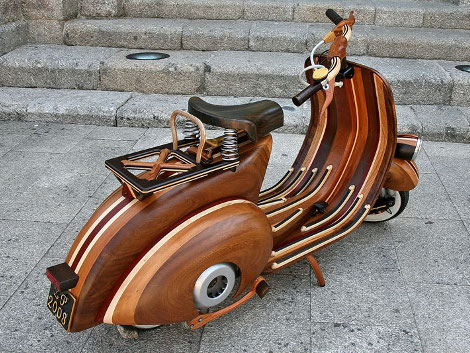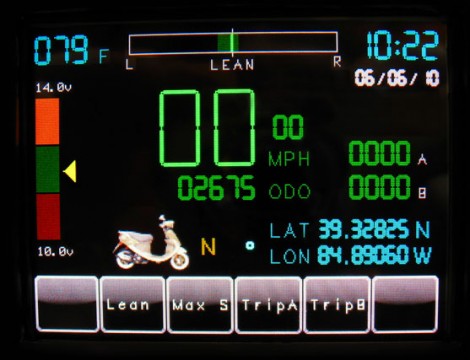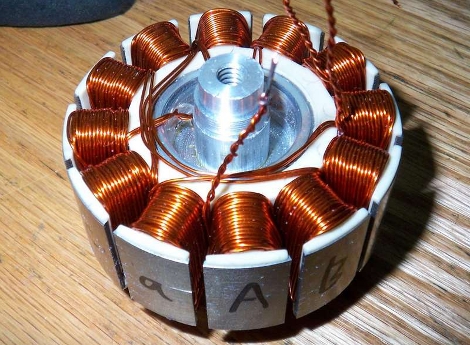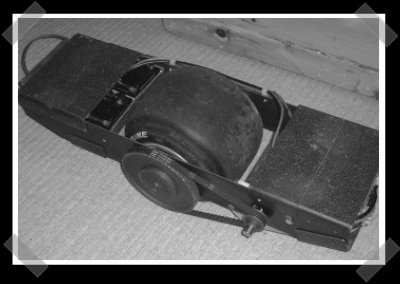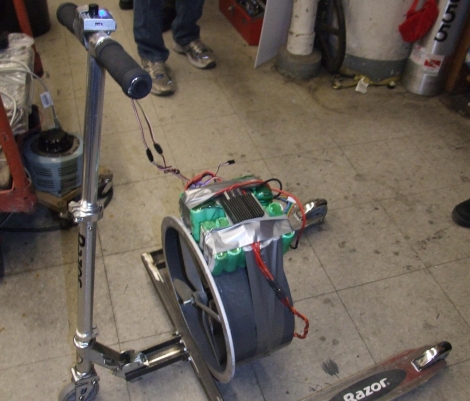
We believe that some of the best things in life are built from half-assed ideas and held together with duct tape. Take this fan-powered Razor scooter [Charles Guan] built, for example – it’s chock full of both.
Having built a ducted fan-powered shopping cart in the past [Charles] is no stranger to ridiculous ideas. After a friend sent him a mockup of a fan powered scooter, he felt that he couldn’t “…take such an absurd image not seriously.”
Determined to make his fan-powered dreams a reality, he hunted around for Razor scooter parts, and managed to scavenge just about everything he needed. Parts of three scooters were welded together, forming the wide-stanced trike you see in the picture above. He mounted a fan and some battery packs onto the scooter, both similar to those found on his Fankart. Once everything was in place, he hit the streets.
As you can see in the video below, the Fanscooter looks as fun as it is loud. [Charles] says they have hit a top speed of about 10 mph thus far, but they should be able to blow past that once they balance the blades and have a victim tester willing to suspend his babymakers over the fan duct. Keep your eyes on his site, we’re sure to see some tweaks and improvements over the coming weeks.

